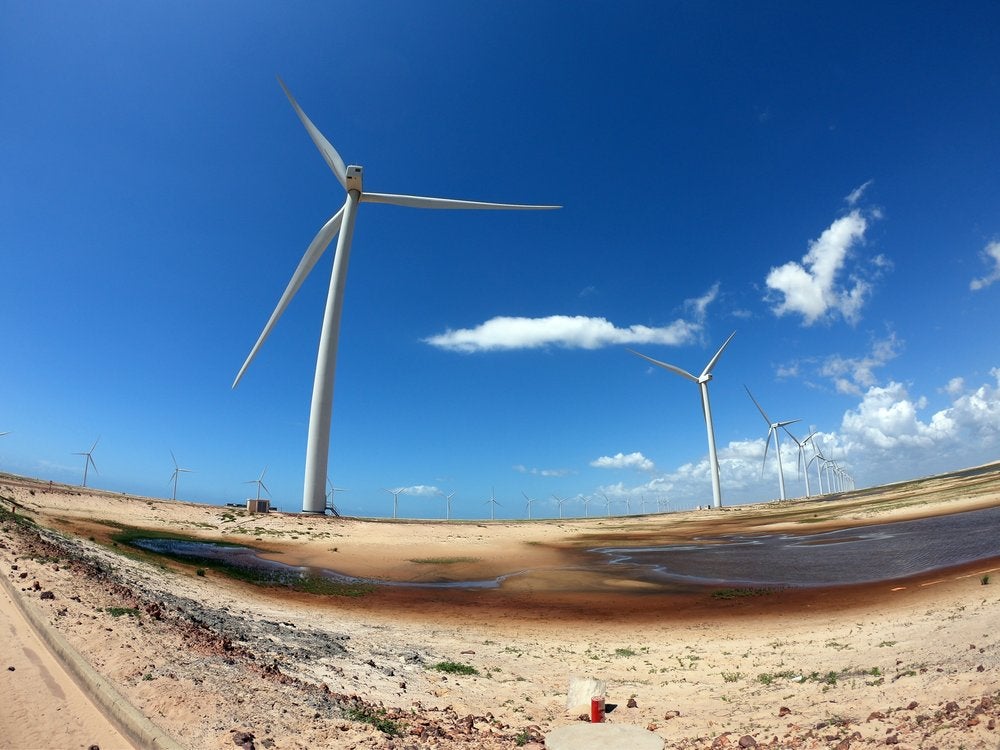The clean energy transition in Brazil’s power sector is well underway. Brazil is Latin America’s largest renewable energy market with almost 45% of its energy demand comprised of renewable resources, primarily hydropower.
In 2017, the installed capacity of wind energy increased by 21% and for solar by 1.700% highlighting the growing confidence of investors and power companies in Brazil’s astounding renewable energy potential. The survey, ClimateScope, ranked Brazil fourth among developing countries in 2018 for its ability to attract clean energy investment. From 2010-17, Brazil attracted close to USD 57 billion in new asset finance for clean energy plants – the largest amount in Latin America over the period.
Despite this formidable progress, the country still faces challenges to increase the share of non-hydro renewables in the energy matrix. In May, the IDB in Brazil, with the support of the IDB Energy Sector, held an event at the Brazilian National Development Bank (BNDES) in partnership with the Brazilian Center for International Affairs (CEBRI) to discuss the clean energy transition. Participants discussed the ongoing debates about how quickly to push the clean energy transition as renewable energy and battery storage become increasingly competitive in relation to fossil fuels.
The Way Forward
Among the top takeaways from the meeting were decentralization, digitalization and decarbonization.
1. Decentralize: consumers are not aware of the potential to produce their own energy. It is therefore important to raise awareness and prepare for an increase of decentralized generation to monitor and control the grid. Deployment of artificial intelligence, optimized batteries and automation are central to these challenges.
2. Digitalize: achieve an equilibrium between supply and demand for the energy sector while balancing the participation of intermittent sources e.g. wind and solar.
- Foster a roadmap for energy digitalization to provide alignment with the current regulation and with a long-term planning perspective.
- Define new instruments that guarantee efficient public policies and technological improvement.
- Provide great stability to hydroelectric dams through batteries, thus boosting incentives for R&D to reduce cost aiming to increase the participation of renewables.
3. Decarbonize: Brazil will likely achieve its renewable energy targets in its national climate plan under the Paris Agreement well before 2030. There is therefore an urgent need to define new strategies to further decarbonize the sector and create incentives, which enable a greater deployment of non-hydro renewable energy sources and intensify energy efficiency projects especially as the price of renewables and batteries continues to fall.
Greater efforts to modernize Brazil’s regulatory framework, which is essential for attracting private investment through bankable pipelines and innovative business models, are also required. A business-friendly environment, legal certainty and tax security are also priorities for unlocking private investment for clean energy projects.
Rethinking the current procurement process is also needed for any long-term strategy to attract capital given the risk of being locked-into decades of high-carbon energy contracts, which could carry severe financial risks for investors as the clean energy transition goes mainstream.
With the rights reforms to Brazil’s energy sector, it can take even greater advantage of its incredible potential for increasing renewable energy and avoid the growing climate risks associated with fossil fuels. This doesn’t just make sense for Brazil’s commitments to the Paris Agreement but for the health of its energy and financial institutions too.


Leave a Reply